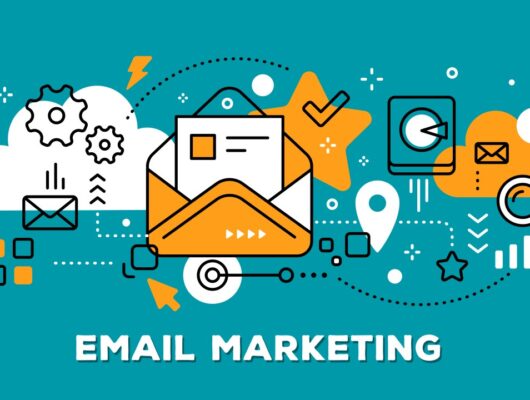In the competitive world of e-commerce, converting website visitors into paying customers is a key determinant of success.
Conversion rate optimization (CRO) involves fine-tuning your website to remove barriers to purchase and enhance the effectiveness of your sales funnel.
This article explores practical strategies to optimize your e-commerce conversion rates effectively.
1. Understand Your Audience:
Before you can optimize, you need to understand who your customers are and what they want.
Use analytics tools to gather data on your visitors’ demographics, behavior patterns, and engagement with your site.
This information will help tailor your content, promotions, and user experience to better meet their needs.
2. Optimize Website Design:
A well-designed website can significantly boost conversions. Ensure your site is visually appealing, easy to navigate, and consistent in style. Important elements to consider include:
- Layout: Clear, uncluttered layouts with intuitive navigation encourage exploration and purchase.
- Call to Action (CTA): Prominent, compelling calls to action should guide users toward making a purchase. Test different colors, positions, and wording to see what works best.
- Mobile Optimization: With an increasing number of users shopping on mobile devices, ensure your website is responsive and mobile-friendly.
3. Simplify the Checkout Process:
A complicated checkout process can drive away potential sales. Streamline the process as much as possible:
- Reduce the number of steps: Use a progress indicator to show customers where they are in the process.
- Offer multiple payment options: Include popular payment methods that reassure and convenience users.
- Guest Checkout Option: Allow new customers to check out without creating an account to lower barriers to purchase.
4. Use High-Quality Product Images and Descriptions:
Clear, high-resolution images and detailed descriptions help bridge the gap between online shopping and the physical experience of examining a product.
Include multiple views and use zoom features to allow a closer look at details, which can reduce uncertainty and encourage purchases.
5. Leverage Social Proof:
Social proof, such as customer reviews, ratings, and testimonials, can significantly influence buying decisions.
Display these prominently on your product pages and at checkout to reassure customers about the quality of your products and the reliability of your service.
6. Offer Live Chat Support:
Implementing live chat can provide real-time assistance to shoppers who have questions or need more information before making a decision.
This immediate support can help reduce bounce rates and increase conversions by providing a better shopping experience.
7. Implement A/B Testing:
Regularly test different elements of your website to see what works best.
A/B testing can involve experimenting with different versions of a webpage to determine which one performs better in terms of conversions.
Test elements like CTAs, page layouts, product images, and descriptions to continually refine your approach.
8. Focus on Speed and Performance:
Website speed is critical for keeping customer interest. Slow-loading pages can lead to high bounce rates and lost sales.
Optimize your website’s load times by compressing images, utilizing caching, and minimizing the use of heavy scripts.
Conclusion
Conversion rate optimization is an ongoing process that requires attention to detail and an understanding of customer behavior.
By implementing these strategies, e-commerce businesses can enhance user experience, reduce customer friction, and ultimately drive more sales.







